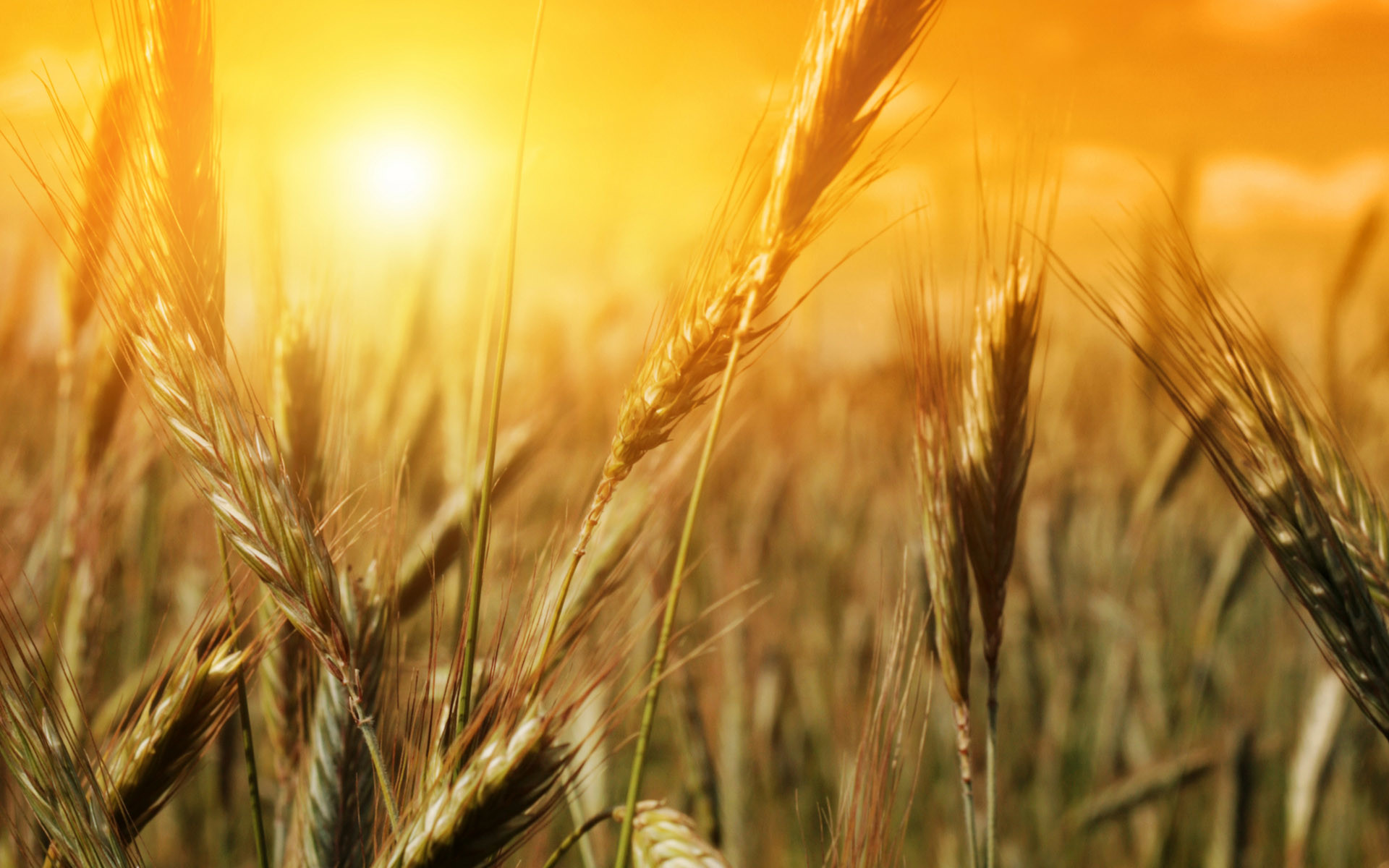Wheat survey Canada helps to feed better

Canadian wheat has a higher overall nutritional value compared to samples from other key wheat producing countries.
This is concluded from a wheat survey was led by Canadian Bio-Systems Inc. (CBS Inc.) and the University of Manitoba in cooperation with farming operations and feed mills across 5 provinces (Ontario, Manitoba, Saskatchewan, Alberta and B.C.).
For the 2016-17 wheat survey, samples were collected from the 5 provinces during August to December 2016 with data analysis completed during 2017. Select samples from Argentina, Ukraine, Australia and the US were also collected and analysed as a reference in order to understand the differences in wheat quality among key wheat producing countries.
All samples were analysed at the University of Manitoba’s Department of Animal Science for quality including relevant nutritional parameters such as crude protein (CP), starch, neutral detergent fibre (NDF), water soluble and water insoluble non-starch polysaccharides (NSP), as well as phytate and non-phytate phosphorus.
Highest protein levels
Canadian wheat compared favourably to that of other countries, showing the highest protein levels (14.3%), relatively low water soluble NSP (2.10%) and the most desirable overall profile of key nutritive values. Results closely resembled 2015-16 wheat survey findings with the exception of a significant increase in water soluble NSP (11% higher in 2016-17), which indicates slightly reduced nutritive value and is a key trend to monitor, says Patterson. “The wheat survey provides us with a unique, real-world picture of the nutritional quality of Canadian wheat on a year-to-year basis,” says survey director Rob Patterson, Technical Director for CBS Inc. “The results help us monitor for any shifts that could impact feeding strategies. They also help us build a valuable data bank on the nutritional profile of Canadian wheat. We plan to continue this survey as an annual effort and the primary value will be realised over time as our data bank of information continues to grow.”
Maximising feed value
The data collected also provides further clues to help solve the puzzle of how to unlock higher energy and nutritional extraction from this top feed grain for pigs and poultry.
All of this supports optimal use of feed wheat in swine and poultry diets, including best use of feed technology to extract a higher level of energy and nutrients, says Dr Anangelina Archile, Technical Services Manager with CBS Inc., who assisted with coordinating the data collection and analysis. “The more deeply we understand the feed ingredients we are using, the better we can apply strategies and technology to maximise the feed value.” The data also confirmed strong opportunity to increase the feed value of wheat using advanced feed technology such as the latest generation Multi-Carbohydrase enzyme formulations, to break down hard-to-digest feed components evident in the wheat nutritional profile.
Source: CBS











